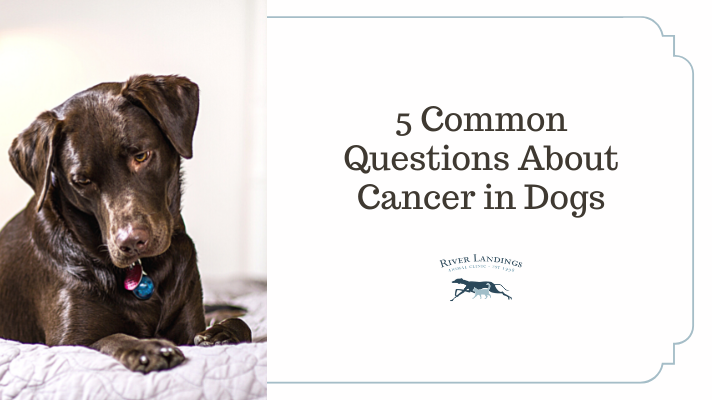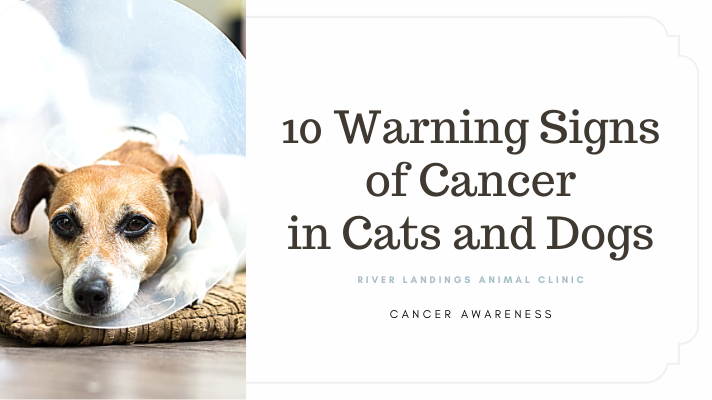How common is cancer in dogs?
Unfortunately, cancer is one of the leading causes of death in older animals. According to the Animal Cancer Foundation (ACF), 1 out of every 4 dogs will develop cancer in their lifetime, and each year, approximately 6 million dogs are diagnosed with cancer.
What are some of the most common cancers in dogs?
Like their human companions, dogs can develop many different types of cancer, such as mammary cancers, lymphoma, leukemia, osteosarcomas, mast cell tumors and skin cancers, to name a few. According to the Veterinary Cancer Society, mammary tumors are the most common cancer seen in dogs.
Are there diagnostic tests or exams that should be done regularly to try to detect cancer in dogs?
To improve the chances of early cancer detection, you should take your pet to your veterinarian at least once a year. Personally, I recommend animals over 6 years of age be seen twice a year. Your veterinarian will do a complete examination, checking your dog from head to tail to look for:
Abnormal skin growths (lumps and bumps)
Enlarged organs or masses in your pet’s abdomen (belly)
Abnormal heart or lung sounds, and abnormalities in the eyes, ears and mouth
These exams are important because veterinarians can discover things that you may never notice. However, not all cancers can be detected by physical examination, so your veterinarian may also recommend screening tests like blood work, urinalysis and radiographs (x-rays), to uncover underlying diseases like cancer. Depending on the age, sex and breed of your dog, your veterinarian may recommend one or all of these tests to help look for cancer.
Are some types of cancers more treatable than others?
Yes, all cancers are different and some are more treatable than others. The type of cancer, location, size, stage and response to treatment all affect the ultimate prognosis. With many cancers, the earlier the treatment is started, the better the prognosis, and ultimately, the longer the survival times. That's why it is so important to bring your dog to the veterinarian for examinations at least once a year.
Do chemotherapy and radiation treatments affect dogs the way they affect human cancer patients?
While remission is the ultimate goal, quality of life is equally as important. As a result, cancer treatments in dogs are generally less aggressive than regimens used in people. Therefore, pets typically do not suffer from some of the troubling side effects seen in people, such as nausea, vomiting, hair loss and extreme fatigue. If side effects occur, your veterinarian will adjust the treatment to ensure that your pet remains as comfortable as possible.
The goal of cancer therapy in dogs, like with many other diseases, is early diagnosis and treatment. In order to give your dogs the best odds of beating cancer, make sure your dog gets regular check-ups, take advantage of recommended screening tests, and become familiar with the common signs and symptoms of cancer in pets so you can look-out for them at home. If you want to know more about cancer, speak with your veterinarian and visit Veterinary Cancer Society (www.vetcancersociety.org) or Animal Cancer Foundation (www.acfoundation.org).
Hear From Us Again
Don't forget to subscribe to our email newsletter for more recipes, articles, and clinic updates delivered straight to your e-mail inbox.
Related Categories:





